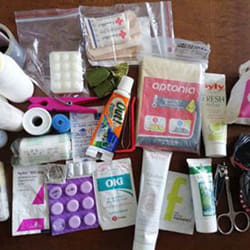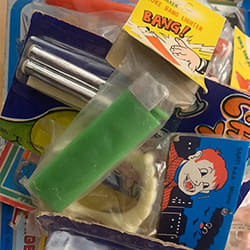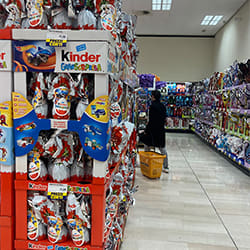
Brazil has been expanding bioethanol production from sugarcane fermentation as an alternative to gasoline since the late 1970s.
The first bioethanol vehicles were produced in Brazil in 1978. I understand they were made by Ford. Bioethanol fuel has been hailed as a countermeasure against global warming because it has zero CO2 emissions. But the number of bioethanol vehicles temporarily decreased in the latter half of the 1980s because of shortages in fuel alcohol supplies caused by falling oil prices and rising sugar prices. Since 2003 they have been making cars that run on gasoline or ethanol, called Flex cars, to try to solve the problem of fluctuating gasoline prices and falling ethanol supplies. It’s OK to put either fuel in the same tank. The first car like this was the Volkswagen Gol. In 2018, 67.1% of all cars running in Brazil were Flex cars, 22.2% were gasoline, and 10% were diesel. The benefit of Flex cars is that consumers can compare gasoline and ethanol prices and choose between the two when filling up. There is a simple calculation to use when comparing prices. They say you should choose ethanol if it is less than 70% of the gasoline price.

(June 1: US$1 = R$5.15)
But you actually can’t get 100% gasoline because under government regulations, the gasoline sold at gas stations in Brazil contains 20 to 24% anhydrous ethanol. There are three types of gasoline: regular (octane ratings of 87), gasoline with additives, and Podium (octane ratings of 97).

The other day when I was walking past a gas station, I saw an ad saying, "10% discount on fuel for medical professionals, except ethanol. We are grateful to you all.” It's a thank you to the medical professionals on the front line of the fight against COVID-19. I think this is a very Brazilian thing to do, but I'm sure other countries are showing their gratitude in different ways.





























































